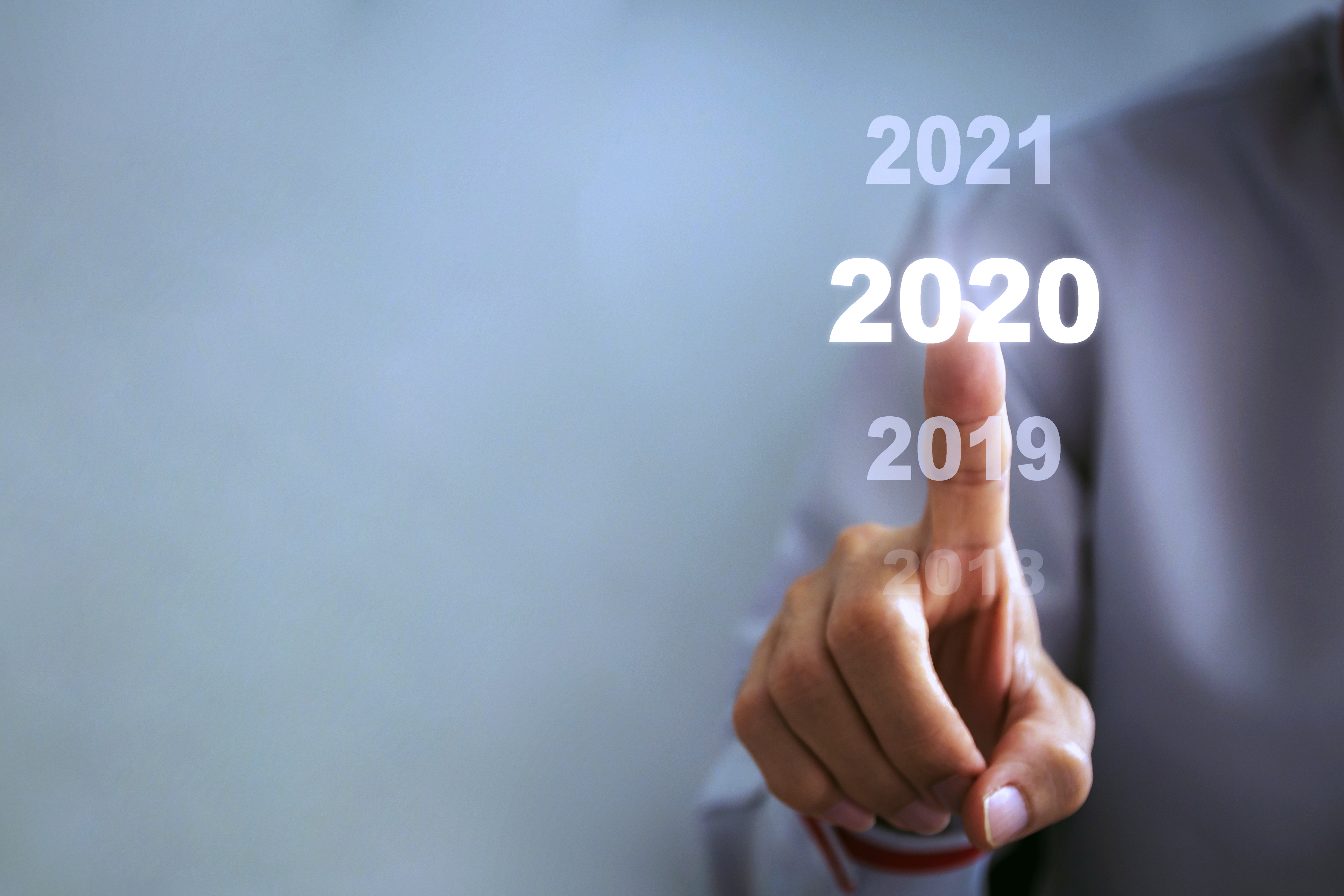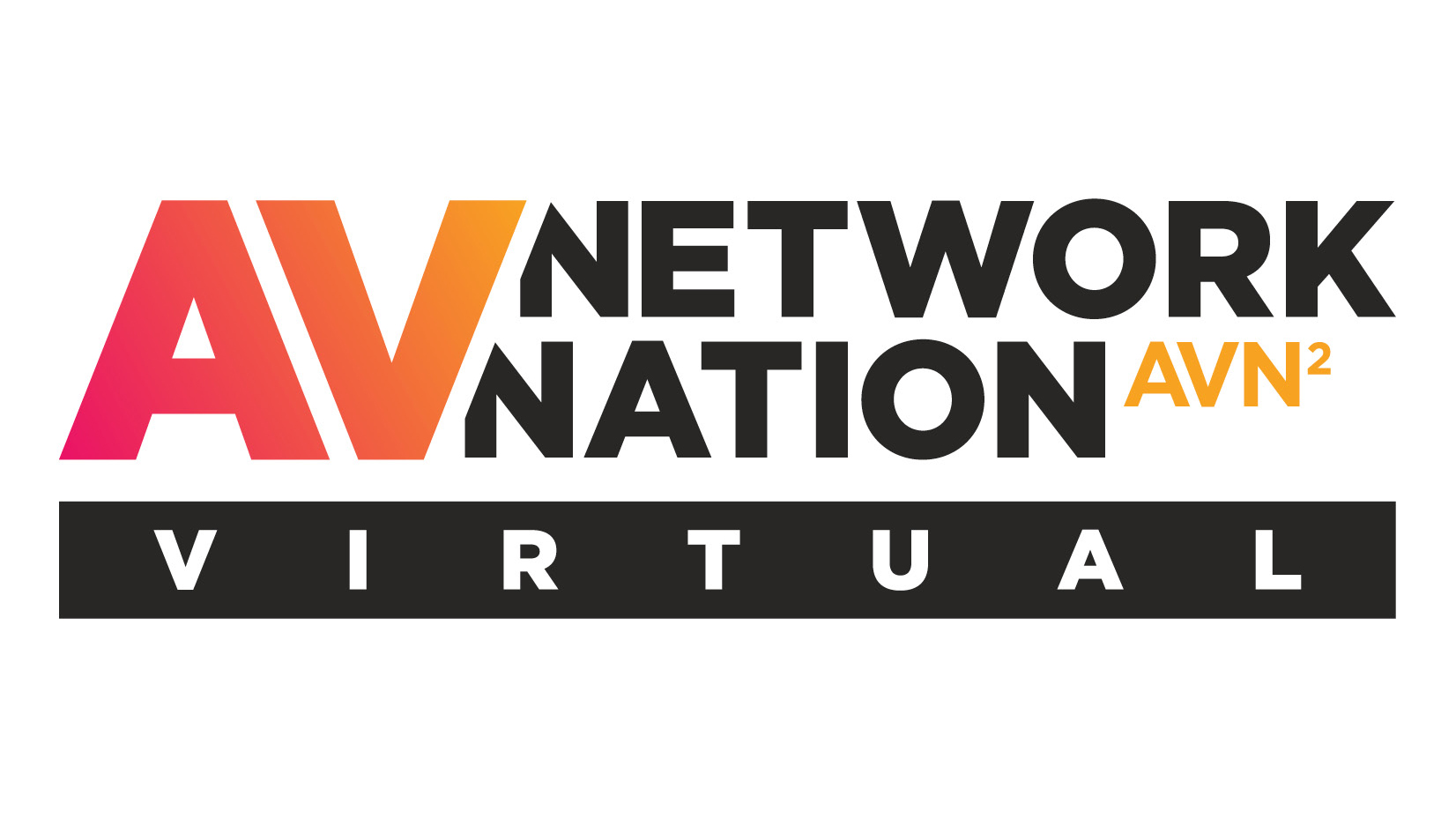Pro AV Trends to Watch in 2021
In an ever-changing world, pro AV manufacturers discuss current trends in the industry and predict how they will impact 2021 business for integration firms.

COVID-19 wreaked havoc on the world earlier this year, and then continued to do so for the entirety of 2020. Entire segments of the pro AV industry—especially live events—came to a screeching halt in the spring. Throughout the year’s challenges, however, AV professionals remained innovative and steadfast, continuing to find new ways to engage tech managers with pro AV products and solutions.
The Ever-Adaptable Industry
The world may have stopped when COVID-19 hit hard, but AV professionals did not. They marched forward and took the time to install remote technologies so employees and students could easily collaborate safely through technology.

“The biggest trend we see for 2021 is adaptability,” said Chaz Porter, director of global sales at FSR. “With the uncertainty about how the workplace will look into next year, we see the need to provide solutions that give our customers the ability to rapidly change the layout and function of any space while continuing to provide connectivity. At FSR, we are putting our efforts toward products that add configurability to any installation.”
Gabi Shriki, senior vice president of the audio-video business unit at Valens and co-founder of the HDBaseT Alliance, agreed. “The 2020 pandemic led to rapid adjustments to our reality and accelerated trends in the AV world that will continue throughout 2021. The need for flexible and adjustable work and learning setups became necessary to facilitate remote and hybrid situations.”

Shriki said he’s seen a “significant increase” in the use of cloud-based conferencing solutions like Zoom and Microsoft Teams. With livestreaming now part of everyday life in the education and corporate worlds, facilities are in need of network capacity upgrades. “In addition, there is no need for a dedicated AVoIP network,” he said.
Netgear has also seen large gains in the corporate and education spaces. “Learning especially is seeing a surge in AV-related reconfigurations to accommodate overflow classrooms,” said Cody Kleven, the company’s business development manager for pro AV. “These learning enhancements allow students to be on premise, maintaining social distancing, while still viewing the instructor and content in high-quality audio and video. This setup facilitates students’ ability to take part in the learning experience and interact with the instructor and other students in real time—a crucial part of any educational facility.”

Unlike Shriki, Kleven believes AVoIP is playing an ever-increasing role in the corporate environment. He said he’s seeing projects come in using AVoIP to increase the number of displays around a facility, particularly in conference rooms and training facilities. “This accommodates social distancing while allowing presentations to be viewed in high-quality audio and video,” he added.
A daily selection of the top stories for AV integrators, resellers and consultants. Sign up below.
Kleven added, “As more information about health- and safety-related policies and procedures must be communicated to students, customers, and employees, more integrators are using the flexibility of AV over IP to do it.”

AV Network Nation, a virtual tech discovery day for the AV community, will take place on Dec. 10. All of the companies featured in this article will be available to discuss pro AV trends for 2021–whether they’re featured on a panel or working their virtual booths.
For more information or to register, visit avnetworknation.com.
How people return to work and school still remains to be seen, but FSR’s Porter believes “the workplace will move to a hybrid model where work-from-home employees will return to the office, but not for a full work week. BYOD will continue to increase as employees return to the office.”
Going Touchless
For the last several years, the digital signage market has been saturated with various types of touch displays designed to enhance and personalize the user experience. From wayfinding kiosks to interactive video walls, information was easily available at our fingertips. Today, though, people are avoiding touching things at all costs.
“In education and corporate applications, as well in many others, digital signage is playing an even bigger role now than in previous years,” Kleven pointed out.
However, the type of digital signage being installed is changing. With social distancing, video walls are increasing in size to accommodate spread out viewers, and direct view LED displays are experiencing a rapid rise in popularity.

“As dvLED becomes the norm, there will be a natural increase in picture quality ... with use cases becoming even more prevalent across corporate, education, government, hospitality, and entertainment markets, which have already come to rely on displays to provide enhanced imagery and communicate important messages that connect individuals, facilitate engagement, provide immersion, share information, and foster collaboration,” said Rich Ventura, vice president of B2B, Sony Electronics’ Imaging Products and Solutions Professional Division.
“Further, as we see cost decreases and increased manufacturing and quality efficiencies, dvLED will take on applications typically reserved for the LCD video wall space,” Ventura continued. “With remote production on the rise, we’re also seeing dvLED’s viability growing and expanding into areas including virtual production. As the industry undergoes a transformation, expect to see even more growth and innovation in this space from manufacturers including Sony.”

It’s not just the visual part of the audiovisual industry that needs to be touchless. “The pandemic has altered audio capturing plans for a number of industries—broadcast, sports, government, healthcare, and more—especially as they look for options for ‘contactless’ microphones that don’t need to be worn or handled by individuals or groups. Shure’s array microphones, which are traditionally considered for conference rooms or classrooms, have found success providing quality audio in other professional applications,” said Chris Merrick, director of global systems marketing at Shure.
“Looking ahead, the advantages of using this array microphone technology are even more essential, as it provides broadcast-quality sound captured inconspicuously and from a safe distance—whether that’s from in front, from above, or beside,” he added. “The technology provides steerable audio coverage for different rooms and environments.”

With Shure’s array mic technology, audio can be controlled remotely, meaning that a technician doesn’t need to enter a space to reposition microphones. This saves time and money, and keeps workers away from high-touch surfaces.

AtlasIED has also seen success with touchless audio solutions, according to Gina Sansivero, vice president of marketing and corporate communications at the company. Atmosphere—AtlasIED’s digital audio platform that debuted in July—has become popular with integrators and tech managers because of its ability to be controlled from a user’s personal mobile device. “AtlasIED has enabled a cleaner, more hygienic approach to control through our Atmosphere platform,” she said. “Authorized users have the ability to manage the audio system to select sources, adjust the volume, and choose zones from their own mobile devices—a feature that is essential when we are doing our best to avoid shared touch devices in the workplace, hospitality venues, schools, etc.”
What Lies Ahead
None of us has a crystal ball to predict exactly what will happen for AV professionals in 2021, but with a vaccine on the way, we can only hope we’ll return to a functioning society with many opportunities for the industry.

“We are feeling and anticipating a W-shaped recovery due to the situation that COVID-19 has created,” Clint Hoffman, Kramer North America CEO, stated. “Right now, it feels like we are heading up the middle of that W, but we expect that there might be some renewed challenges in early 2021.”
He added that Kramer has an affordable and simple solution to deploy local contact tracing for workplaces and schools that is designed to be effective without compromising users’ privacy.
“It is actually very unique in that regard,” he added. “There is no ‘Big Brother’ effect or concerns—just the protection employees and students need and deserve for themselves, their families, and their friends. It provides an effective tool so businesses and schools don’t have to close down completely if a person does become infected.”
Hoffman concluded, “I hope that in the second half of 2021 we might start to see a complete return to pre-COVID-19 normalcy in AV. Our fingers are crossed.”
Megan A. Dutta is a pro AV industry journalist, and the former content director for Systems Contractor News (SCN) and Digital Signage Magazine, both Future U.S. publications. Dutta previously served as the marketing communications manager at Peerless-AV, where she led the company’s marketing and communications department. Dutta is the recipient of AVIXA's 2017 Young AV Professional Award and Women in Consumer Technology's 2018 Woman to Watch Award. Dutta is co-founder of Women of Digital Signage, an organization designed to provide a pathway to promote networking, mentoring, and personal growth.

